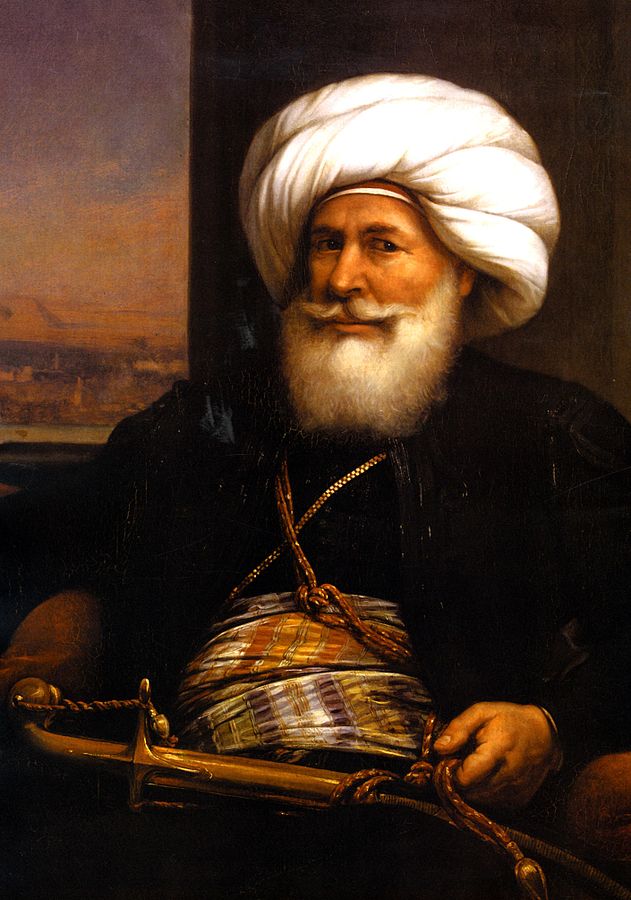
May 19 1834 – 10 Iyar 5594
The Peasants’ Revolt against increased taxation and conscription imposed by Muhammad Ali, ruler of Egypt, broke out in the Holy Land. Sending his son, Ibrahim Pasha, to bring back thousands of peasants who’d allegedly fled to Acre to escape the draft in Egypt, Muhammed Ali launched an invasion of Ottoman Syria. Conscription was an innovation – previously, soldiers had been paid professionals who chose to serve in the army. The revolt was led by leaders of Arab clans from towns and villages all over the country, but particularly Nablus (Shekhem). At first they were successful, overrunning a number of major towns including Jerusalem and forcing Ibrahim Pasha’s troops to retreat, but within a few months Muhammad Ali had used all the might at his disposal to crush the revolt, executing its leaders and obliterating over ten villages in the environs of Nablus. Ten thousand peasants were exiled to Egypt, either to work in industry or to fill the ranks of the very army they’d been trying to avoid.
Though the violence was aimed chiefly at the Egyptian rulers, non-Muslim residents of the Holy Land were also targeted, especially Jews, who were attacked, murdered, their property plundered and women raped, especially in Jerusalem. One indirect result of the uprising was to increase European powers’ motivation to intervene in the area, bringing with them modern systems of transportation, communication, agriculture and industry. Some point out that this was also the first time that the generally quarrelsome local Arab clans united against a common external enemy, creating the first rumblings of a national Palestinian consciousness.
